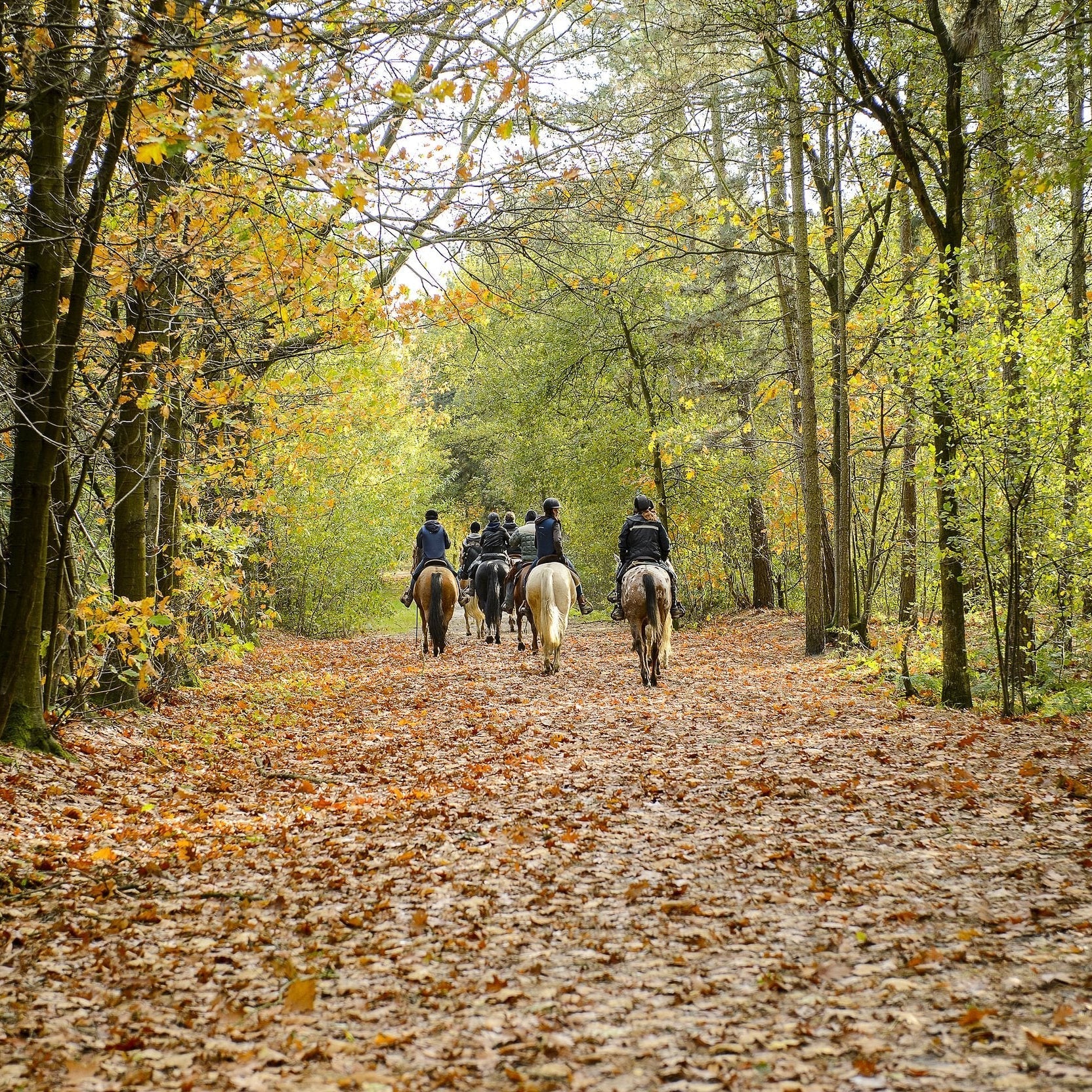Supplementing Your Horse's Diet When Grazing Isn’t Enough
Much of the UK has seen hotter and drier conditions through spring and summer than usual.
- England – warmest June since records began in 1884, for the whole UK it was second hottest ever.
- Both maximum and minimum temperatures unusually high.
- UK has had four separate heatwaves this summer, with unusually frequent days exceeding typical temperatures.
Alone, high temperatures wouldn’t be a major issue, but they bring dry conditions with them.
- Spring 2025 – England’s driest in over 100 years with only around 44% of average rainfall.
- Summer, so far, UK as a whole around 45% of typical rainfall at this point. Particularly bad in England, at 37% and only 29% in Southern England.
- Multiple regions are in drought conditions. Driest Jan – July since 1976. (Data from Met Office).
Hot and dry conditions mean soil moisture is low and the pasture is not growing. Many horse owners are now looking out on parched, dry, sandy conditions.
How does this impact our horses?
Less grazing - The obvious effect is that horses will have less to eat, with less grass growing. However, before dashing out to supply extra, do check that it is true in your pasture. Depending on your area and grazing you may well find that the grass is still coming through, just less and not as lush as usual. This is not necessarily a problem. Research shows that horses, particularly ponies, can and do graze to excess of their needs if they get the chance – hence the equine obesity epidemic we have here and across the western world. Therefore, if they are still grazing, just a bit less than normal – and, importantly, if they are maintaining their body condition score and energy levels – then they may not need additional forage. However, read on, as it definitely doesn’t mean they are still getting all they need.
Monitor for changes that might suggest they are not getting enough from their grazing:
- Drop in body condition
- Poor coat quality
- Lack of energy – though consider other factors too, like the temperature you’re riding in.
- Drop in performance.
- Change in droppings – number, colour, consistency. Any change in droppings indicates a change in the gut.
- Look out, particularly, for sand in the droppings.
Changes in grass quality - For drought affected grass, not only is there simply less of it, but what grass that does grow is lower in quality. Drought affected grass is lower in protein and energy, and higher in fibre. Stressed grass produces less leaf and more stem, making it harder for your horse to digest it effectively.
On the plus side, water soluble carbohydrates, or sugars, are lower which can be helpful for those managing the EMS, IR and laminitis prone animals.
Nutrient uptake is also impacted. Levels of minerals such as calcium and potassium, and trace elements like zinc and manganese are all lower in drought stressed grass. While Vitamins E and A, usually well supplied in fresh grass, will also be depleted. This is because both vitamins are linked to healthy chloroplast in green leaves, and stressed grass puts on less leaf, and those leaves age and dry more rapidly.
What do we need to do?
Provide additional forage
For drought stressed grass, where your horse is facing a significant lack of growth then you will need to provide additional forage. Though, for some, it can be tempting to think that it is a great opportunity for them to diet, we must remember that horses evolved as trickle grazers eating for around 16 hours per day. Therefore, whilst eating less grass is not always a problem, we must ensure there is still forage trickling through their digestive tract, to maintain good gut health.
This means providing hay or haylage in the field, as well as when stabled.
Tips for hay in the field:
- Provide sufficient feeders / nets so that all horses can have easy access.
- Minimise waste by using feeders rather than hay loose on the floor.
- Ensure clean, fresh water is also always available.
- A short soak (10 – 15 minutes) in clean water can help control dust in hay without affecting feed quality.
Of course, this does mean that many of us are feeding hay at a time of year when we usually wouldn’t, or at least, we certainly wouldn’t be using this much so early in the year. Concurrently the poor growing conditions which, at least so far this year, have seen significant drops in grass yield, and so numbers of hay and haylage bales, being reported in many parts of the country. Taken together, unfortunately these points do suggest shortages for the winter ahead.
Whilst sudden rain and a late autumn flush could always change all that, we would advise securing winter forage now, if you are able to.
Balance the Diet
Whatever your grazing scenario – from fast growing lush, to drought affected dry stalky grass, we can be sure of one thing: grass alone will not provide a balanced diet!
Local soil deficiencies impact nutrient quality, together with factors like increased need for work, all mean that grazing alone will rarely meet your horse’s dietary requirements. However, it is fair to say that drought affected grass will be less nutritious than our typical fresh green grass (see section on Grass Quality). Therefore, it is more important than ever to ensure we are providing the nutrients (minerals, trace elements and vitamins) required for healthy, vitality and repair.
The best way to meet nutritional needs is to choose one broad-spectrum product and feed the recommended amount for your horse or pony. Choosing a concentrated balancer or feed supplement, means a balanced diet can be easily fed. Choose a pelleted supplement if you would like to feed it alone – or even from the hand. Or a traditional powdered supplement is a great way to economically balance the diet – just add to a small amount of chaff or feed.
Whilst it can be tempting to pick a bag of muesli or nuts, remember, if you are not feeding them to full recommended levels, then you are still not providing a balanced diet.
Don’t forget the electrolytes
In hot, dry weather it is more important than ever to ensure sweat losses are replaced. Providing a salt lick in the field allows horses to self-supplement. Like all grazing animals, horses do self-supplement for salt requirements at maintenance. Sodium chloride (salt) is the only mineral that animals are known to seek out in their grazing.
However, they only choose sufficient levels themselves for maintenance. Therefore, following exercise – particularly if working intensely, or if any sweat is seen – it is important to upgrade basic salt to supplementing with broad-spectrum electrolytes.
Horses don’t have to work to lose sweat. If the weather is particularly hot, make sure you add electrolytes to their daily diet, even if they are on a rest day.
Tips for coping with a hot, dry summer
- Monitor grazing, and provide additional forage in the field if required
- Ensure clean, fresh water is always available – horses will drink more when the grass is dry
- Supplement with a broad-spectrum vitamin and mineral, like NAF Optimum, to balance the diet
- Provide Himalayan Salt Licks in the field
- Upgrade to Electro Salts on hot, sunny days and after exercise
- Ensure there is shelter, and consider stabling through the heat of the day
Written by: Kate Hore, Head Nutritionist. RNutr (Animal), R.Anim.Technol (Cert), BSc(Hons). – Find out more about Kate and out Technical Team HERE.



